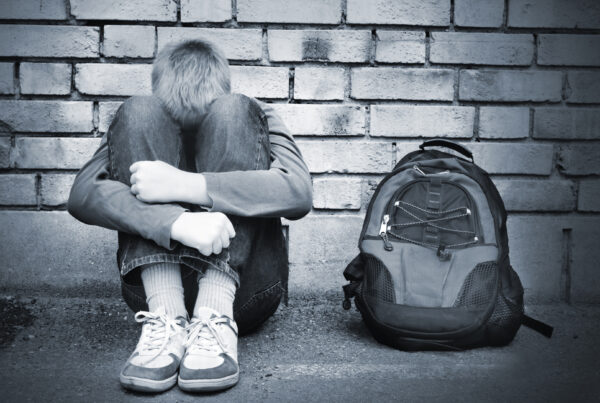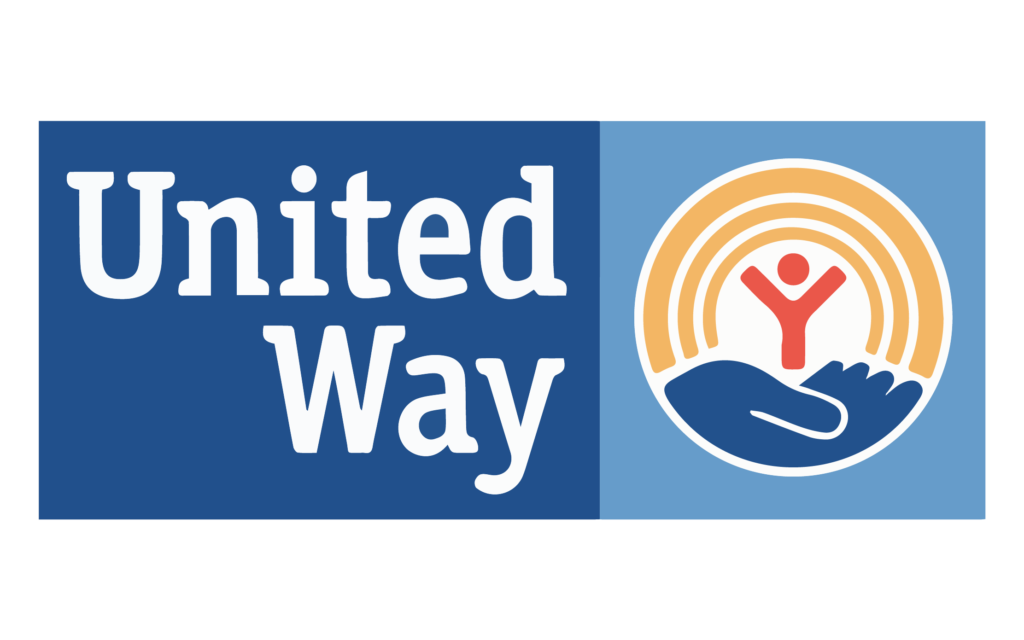Online spaces are the modern gathering place for young people. They connect with friends, complete schoolwork, explore hobbies, and express themselves across a range of social platforms. For most children and teens, connected devices are part of everyday life. Yet within these same spaces, predators and traffickers are finding new ways to reach, groom, and exploit youth, often before a trusted adult realizes anything is wrong.
The risks of online exploitation are expanding as quickly as the technology that enables it, and protecting children and youth requires informed, united, and proactive action.
A New Frontline in Online Exploitation
Phones, tablets, and gaming systems have blurred the line between physical and digital spaces. A child’s bedroom or classroom, once the safest spaces, can now be the setting for predatory contact. For some young people, especially those in foster care, the juvenile justice system, group homes, or those experiencing homelessness or social isolation, online spaces can feel like the only place they belong. That sense of connection, however, is exactly what traffickers exploit.
Online recruitment and grooming are rarely obvious. They often begin in ordinary conversations on social media, in group chats, or through multiplayer games. But the consequences, when these interactions escalate to abuse, extortion, or exploitation, are not limited to a child’s online life. Many victims carry deep emotional or psychological scars, driving too many to seek relief through risky behaviors, self-harm, or even suicide. This damage can reshape lives in permanent or long-standing ways.
How Predators Adapt
The digital environment has allowed predators and traffickers to scale their operations and mask their intentions in unprecedented ways. Many blend familiar grooming tactics with advanced technology, including:
- Platform hopping to move conversations from public social media to encrypted apps like WhatsApp or Telegram
- AI manipulation to create sexualized images, impersonate peers, or use chatbots to pressure youth into harmful actions
- Identity exploitation by posing as friends, classmates, or members of shared interest groups
- Gender-specific grooming, with praise and validation often used to target boys, and isolation tactics, love bombing, and threats used to target girls
- Large-scale criminal networks operating across states and countries, making identification and prosecution difficult
These strategies are highly effective in environments where children or youth are unsupervised online, or where caregivers, parents, or guardians are unaware of how quickly a seemingly harmless interaction can turn dangerous.
Barriers to Protection
The systems originally designed to keep children and youth safe online are struggling, and often failing, to keep pace with the advancement of technology and digital access. Laws like Section 230 of the Communications Decency Act and the Children’s Online Privacy Protection Act are decades out of date, written before the rise of modern social media and offering limited protection against today’s dangers. Recommendation algorithms, increasingly addictive and intuitive, intensify risk by steering young people toward escalating explicit content. For children, this can normalize unsafe behavior and lower defenses against predators.
Turning Awareness Into Action
While the risks of online activity are serious, there are practical steps that families, communities, and organizations can take to protect themselves and those around them.
- Increase visibility and transparency. Use technology that flags explicit content, unusual conversations, or sudden changes in online behavior. Pair these tools with open, nonjudgmental conversations about what children are seeing and experiencing online.
- Integrate digital safety education. Schools can incorporate online safety into existing health or life skills programs. Community organizations can host workshops for parents, teachers, and mentors. National initiatives such as Gavin’s Law, the National Center for Missing and Exploited Children’s No Escape Room, and the Department of Homeland Security’s Know2Protect campaign demonstrate how interactive and age-specific training can prepare both youth and adults to identify and prevent exploitation.
- Build a culture of shared responsibility. Lawmakers can update outdated legislation and require greater transparency from tech companies. Platforms can commit to removing harmful content quickly and limiting features that enable grooming. Caregivers, parents, and guardians can model healthy digital habits and remain engaged in the online spaces their children use. Educators, coaches, and mentors can watch for warning signs and be a trusted source of support.
When every adult who interacts with youth understands their role in online safety, and when young people know how to recognize and respond to threats, communities become more resilient to exploitation.
Shaping a Safer Digital Future
The digital world will undoubtedly remain central to how children and youth learn, connect, and explore. The responsibility before us is to ensure that these spaces are safe, supportive, and free from exploitation. Meeting this responsibility requires decisive action on several fronts: updating laws to reflect the realities of modern technology, holding companies accountable for the safety of their platforms, and investing in prevention through proactive education, transparency, and community engagement.
Online threats are growing, but so can our capacity to respond. When communities work together — across families, schools, governments, and industries — we can minimize the risks, disrupt systems of exploitation, and build digital environments where young people can socialize and thrive without fear.








